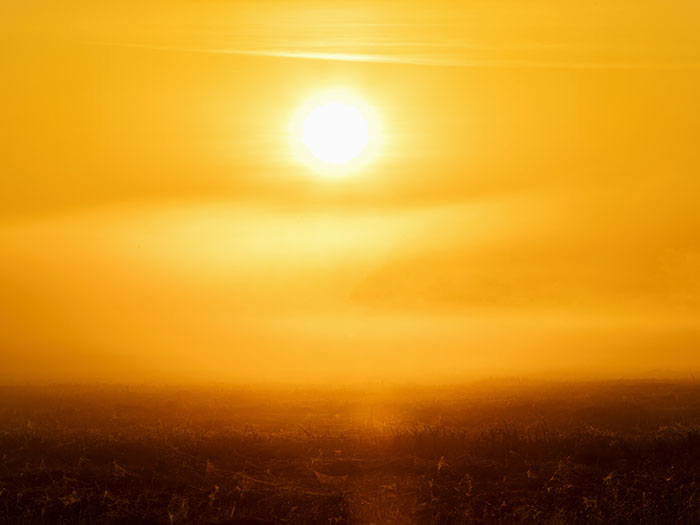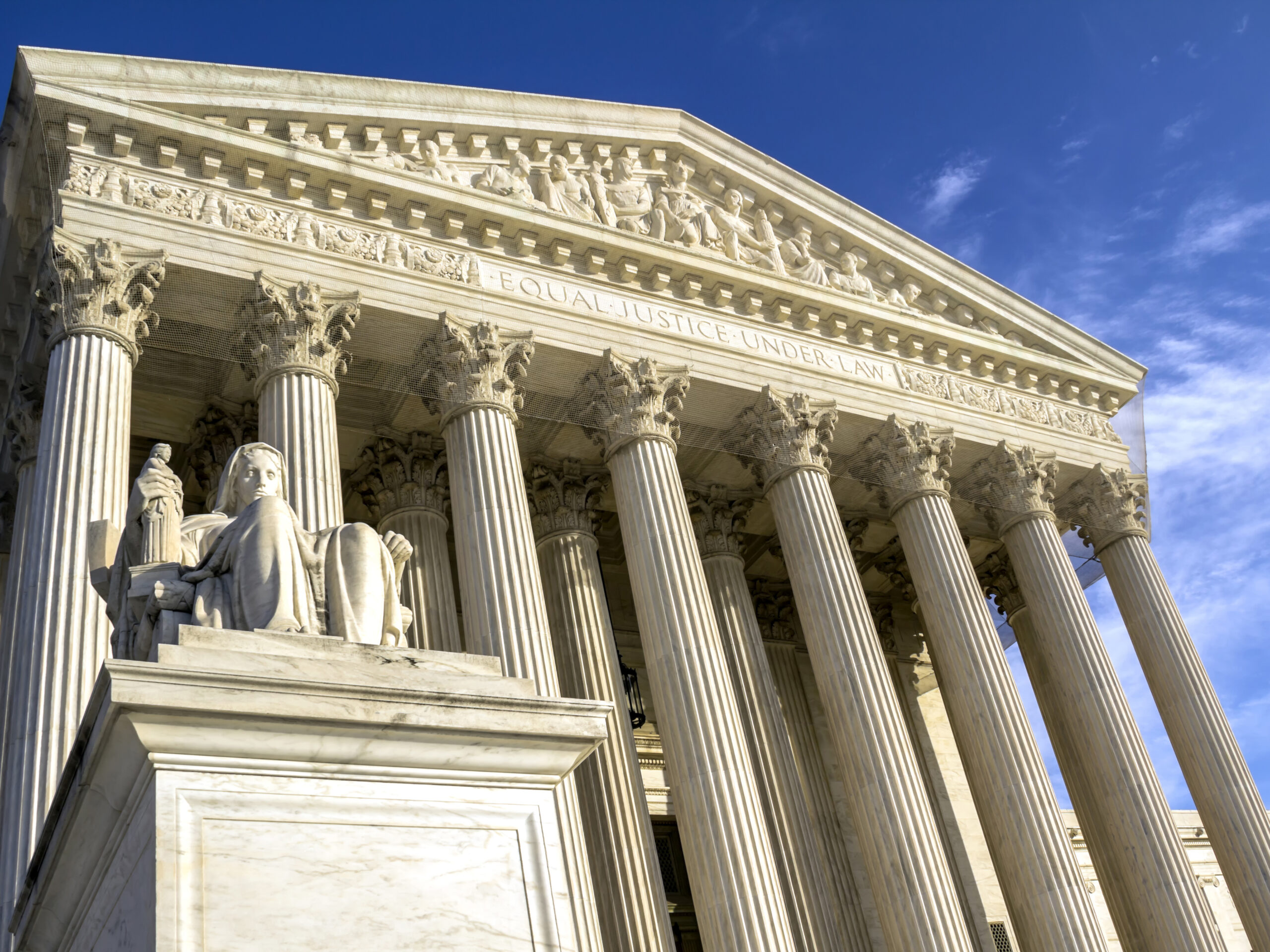Facing the Heat: Wildfires Spark Urgent Air Quality Concerns for Employers and Risk Managers

Wildfires have gone to town. For several days in June, smoke from massive wildfires in Canada blew across major cities in the Midwestern and Northeastern United States. Air travel was affected because airport ground crews had to limit their time on the tarmac; sports and other outdoor events were postponed.
The wind shifted after a few days, but with climate change accelerating, insurance and risk management professionals in all segments have had to take a new look at an old nemesis.
Wildfire has been a challenge for property and casualty underwriters, especially as development has pushed deep into wildlands. For example, some residential projects and wineries in California cannot get P&C coverage because some carriers will not write in wildlands anymore. But questions around employee safety and health, and even business interruption, are new to the conversation.
The U.S. Occupational Safety & Health Administration (OSHA) does not have a federal standard for outdoor air quality, said John Ho, co-chair of the OSHA-Workplace Safety Practice at law firm Cozen O’Connor. He also writes the firm’s safety and health blog, the OSHA Chronicle.
California’s Division of Occupational Safety and Health (Cal/OSHA) has a Protection from Wildfire Smoke standard, Ho noted: “That would be helpful for guidance.”
“The local Air Quality Index is also a good resource,” Ho added. “The National Institute for Occupational Safety & Health also has materials available on its website. That can be helpful guidance, but it’s not an official standard.”
The Airnow website has an interactive map for the U.S. and Canada that shows local air quality, as well as notable wildfires. There is also a tool for finding air quality by zip code.
As in the U.S., there are no federal or provincial outdoor air quality standards in Canada, said Ray Monteith, senior vice president and risk services leader for Canada with HUB International.
“In the absence of specific regulations for outdoor air quality, the general-duty clause applies,” he stressed. “That requires an employer to ensure a safe and healthy workplace. Everyone is required to take all necessary precautions, including understanding the exposure.”
The emergence of outdoor air quality as a workplace concern has brought new perspectives to the fore. One is the regulatory quirk that employers can encourage employees who have to work outdoors to wear masks, and even provide them. But if the employer requires breathing protection, that triggers OSHA mandates for training on use and storage, as well as documentation.
Another tricky situation arises for large facilities such as warehouses and trans-shipment or fulfillment centers. They are indoors, but with large openings, so outdoor air is effectively indoor air. Monteith was plain: “You don’t get to shrug and say, ‘Well, the loading doors are open all day.’ Indoor standards still apply.”
While wildfire smoke, indoors or out, may be new, “it is just like any other workplace hazard,” said Duane Duhamel, director of health, safety and environment at ISN, a large contractors and suppliers information management company.
“It’s important for employers — and employees as well — to rethink the work process for maximum flexibility.”
For utility or pipeline companies, he explained, repair work to restore or preserve asset integrity is essential, so provisions should be made to enable workers to do that safely: “Preventive maintenance may be more flexible.”
Similarly, construction or agricultural work often has a time factor, but in some cases that could be adjusted by a few hours or days, especially if winds or weather conditions are expected to change.
Duhamel stressed that heavy smoke conditions should be treated like extreme heat or cold, and that particular attention should be paid to workers with pre-existing conditions that could be exacerbated by smoke. He also noted the interface of outdoor air and indoor air. “It is essential that incoming air is filtered properly.”
For the most part, “it’s mostly a matter of common sense,” said Ho at Cozen O’Connor. “In heavy smoke or other air pollution, limit time outside for employees as much as possible. Reduce outdoor workload. Offer and encourage voluntary face coverings, both breathing and eye protection. Be alert to potential heat stress.
“Air quality is part of emergency preparedness and response. There are recommendations for training on mitigation practices.”
There is a consensus that employers do not need to be overly concerned with possible workers’ compensation claims. Stressing that individual cases would always have to be judged on their own merits, sources suggested that exposure to wildfire smoke on the job for a few days would not be appreciably different from the same exposure off the job in the same area.
If a construction or agricultural employee were not able to work for a few days because of wildfire smoke, that would be lost time, but it would not be a workers’ comp claim because there was not an injury. Monteith suggested that a suspension of work could theoretically start toward an individual unemployment claim, but he noted those claims usually have a qualifying period that’s probably longer than the smoke condition.
There could also be a situation where heavy wildfire smoke prevented outdoor work from being done, resulting in a business interruption claim. Again, such instances would have to be evaluated by the underwriter.
More broadly, Monteith noted that the fires in Canada this year have burned vast areas, “but so far, that has not had the same impact as it has had in many places in the U.S., especially California.
“With a few notable exceptions — the 2016 wildfires in Fort McMurray, Alberta, were the most disruptive ever — most of the current and recent fires have been in relatively remote areas,” Monteith said. “They have been incredibly destructive to woodlands but have not had as much effect from an insurance perspective.” &












